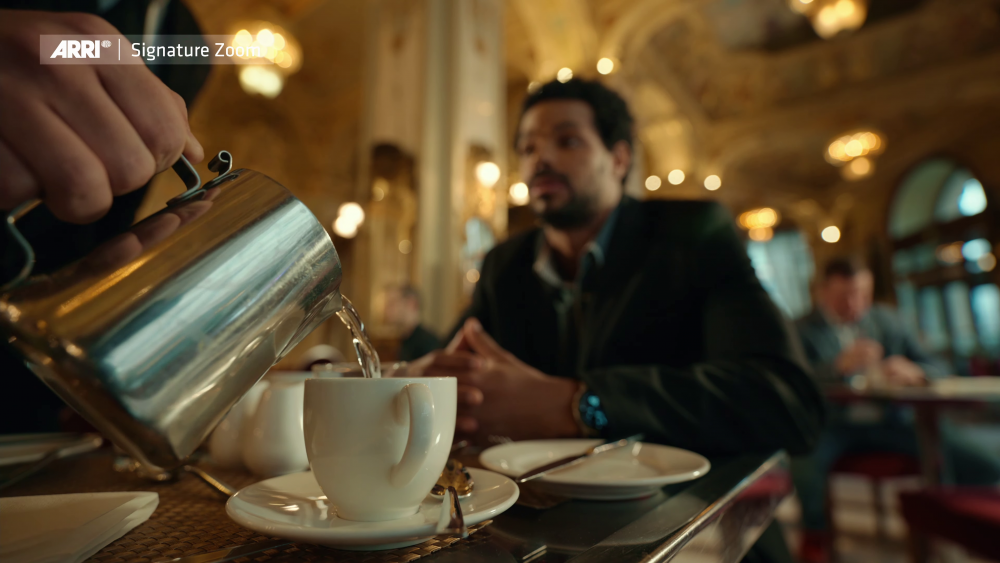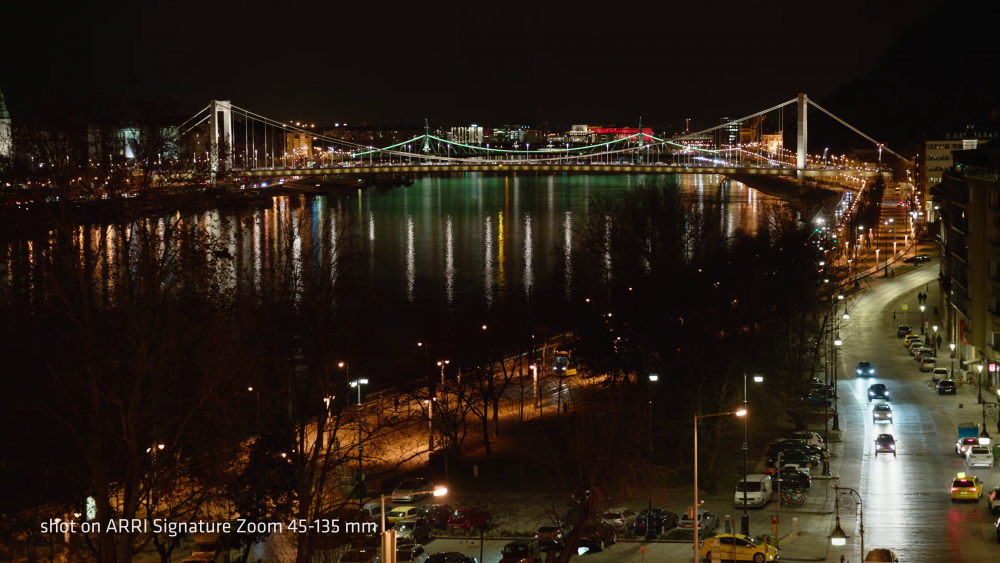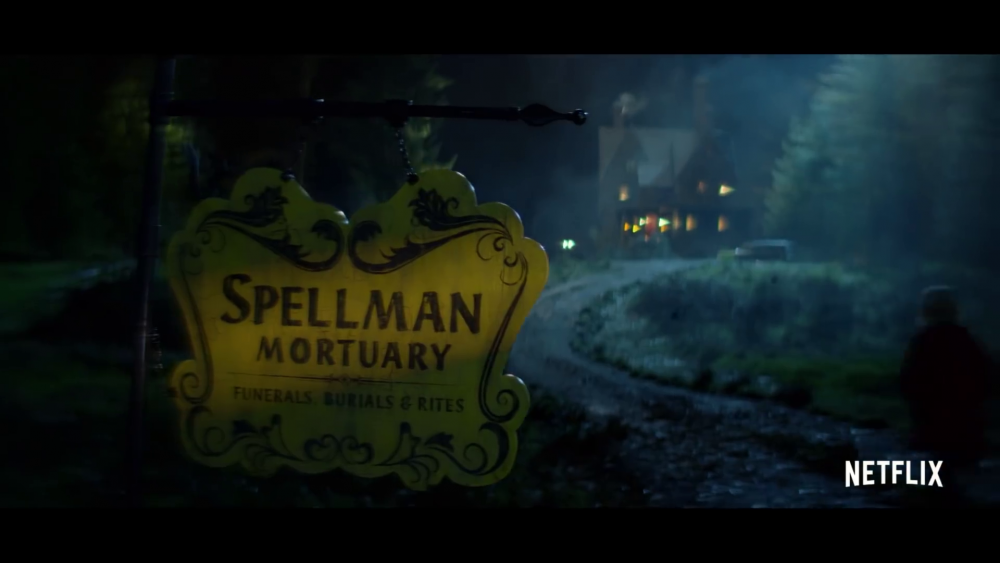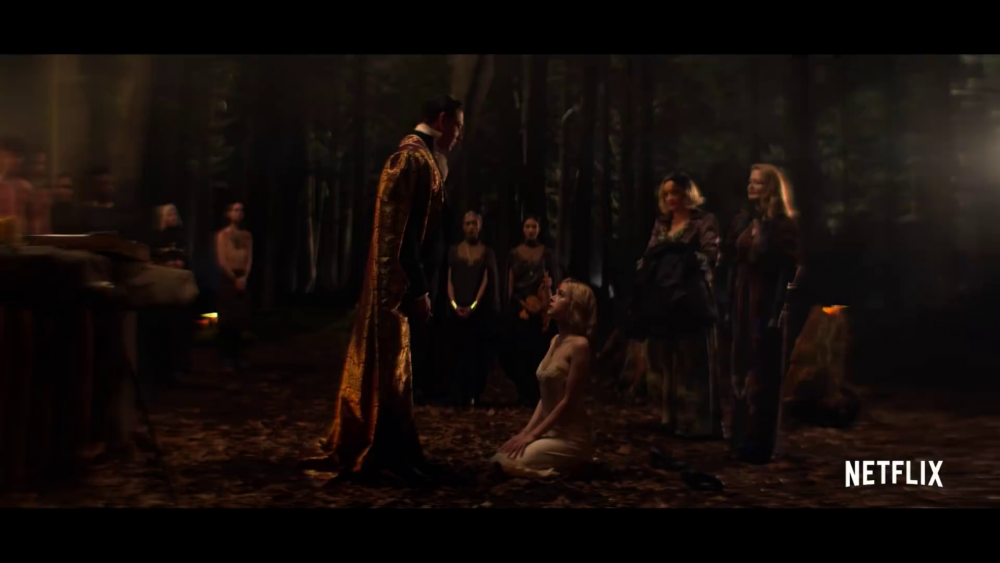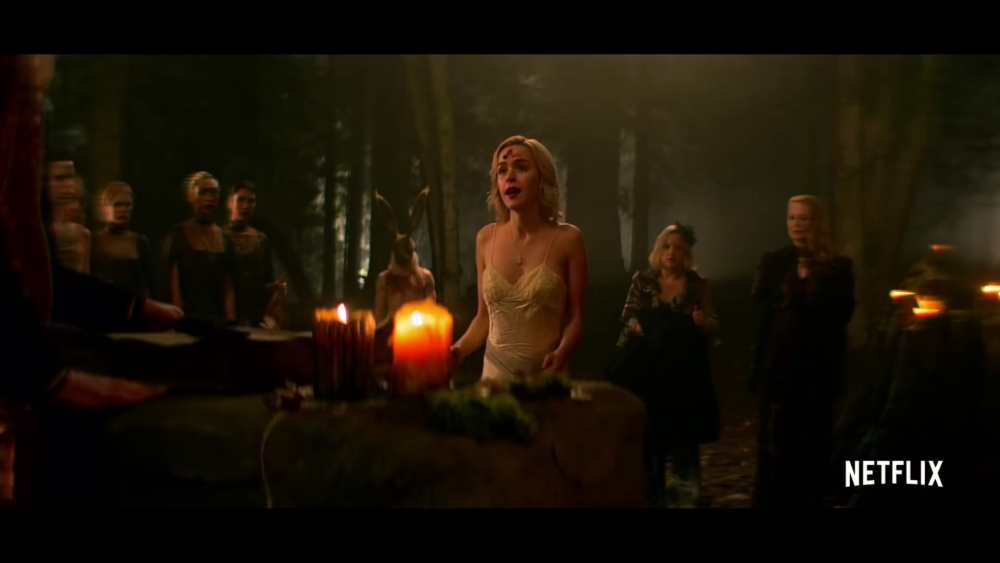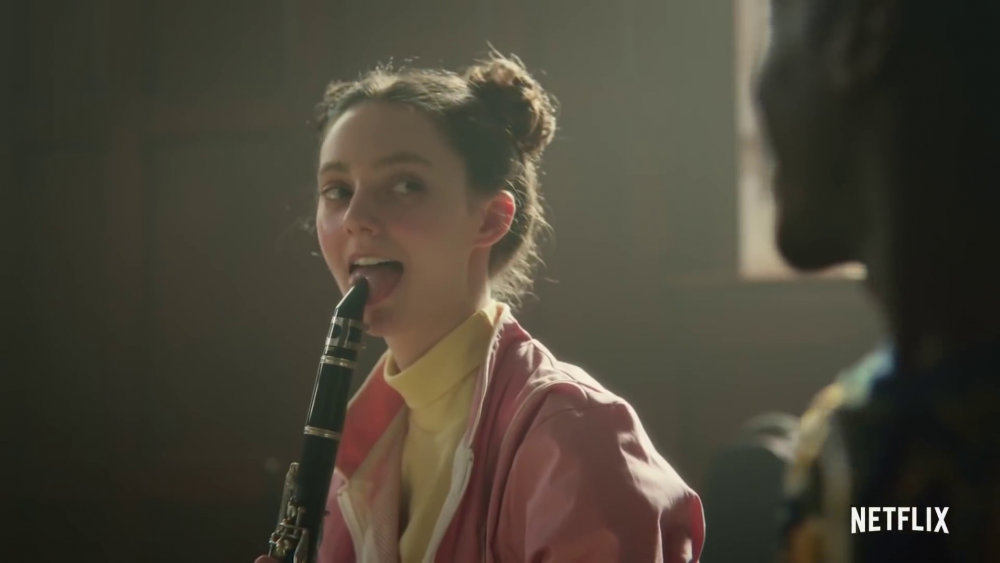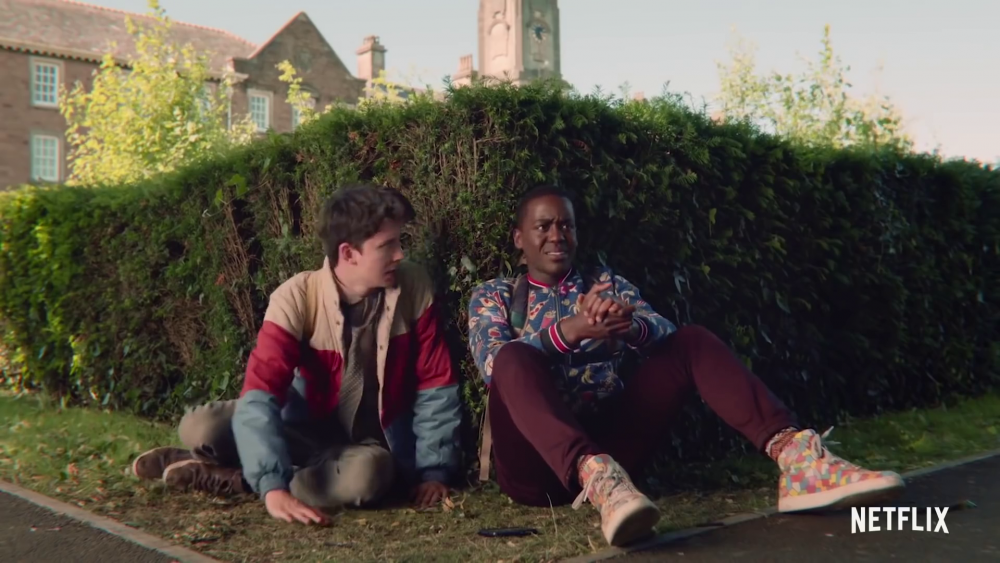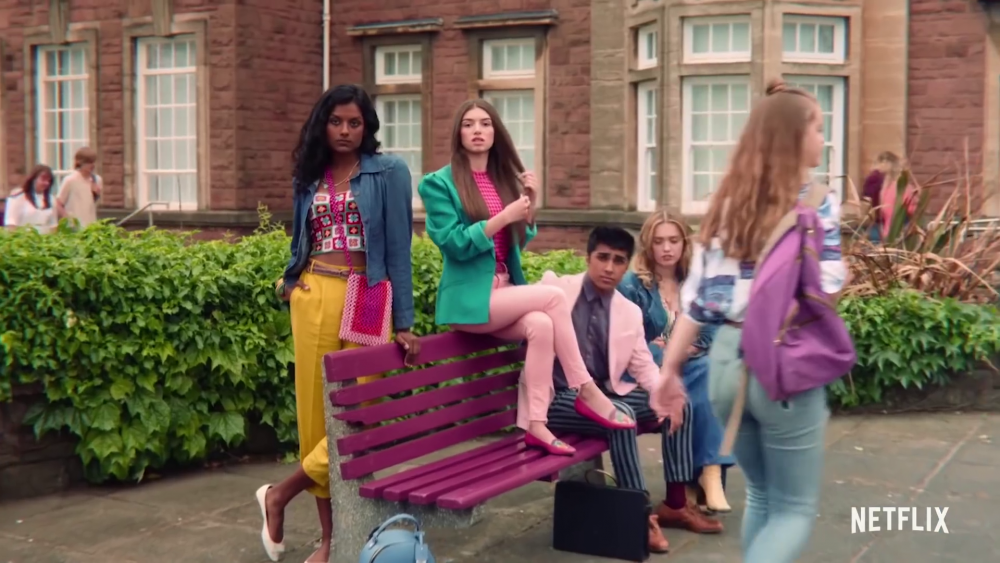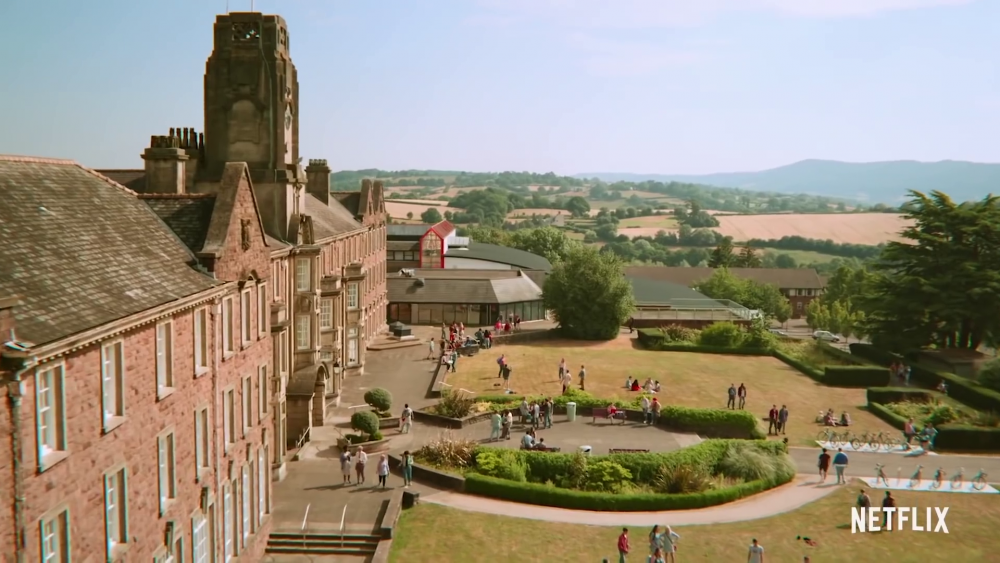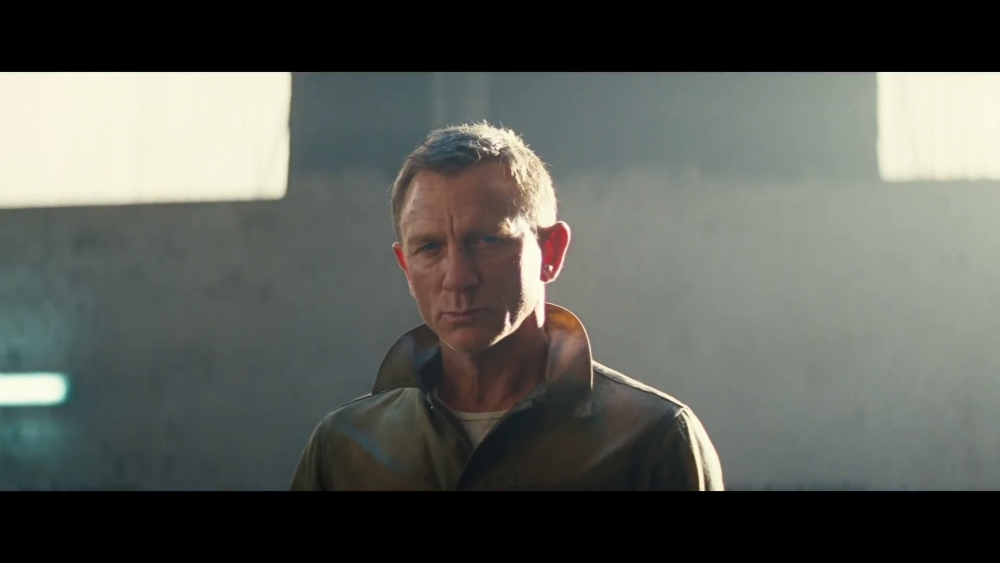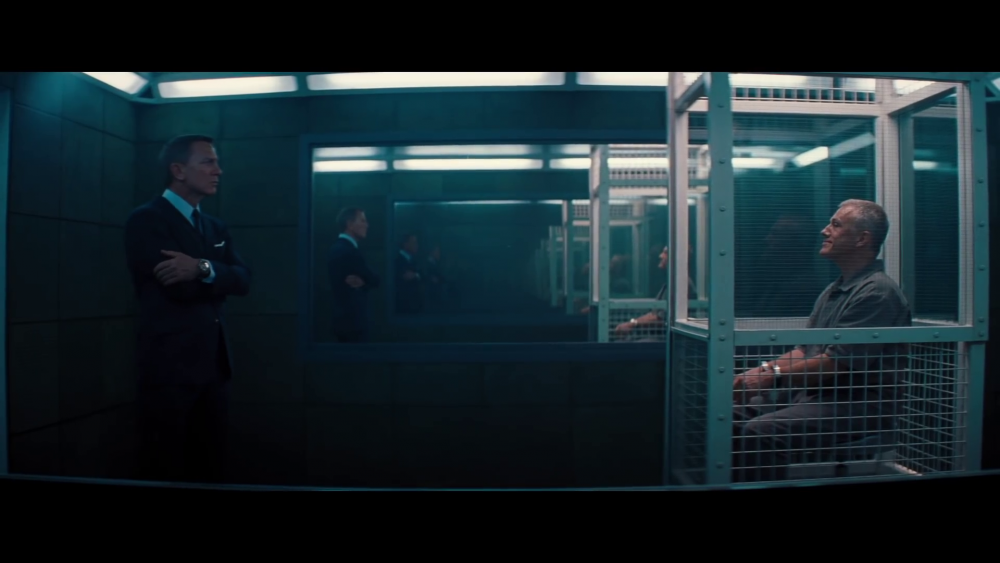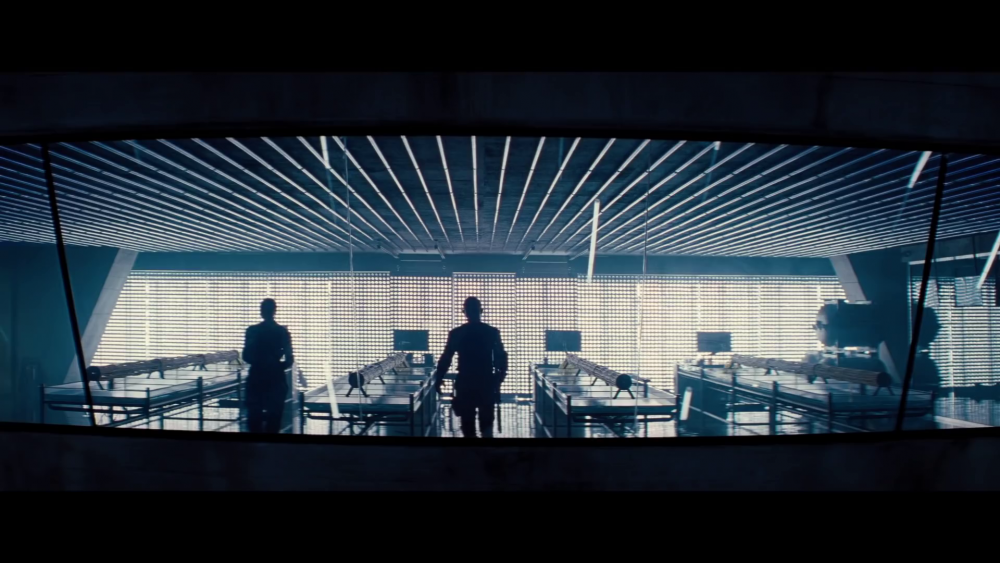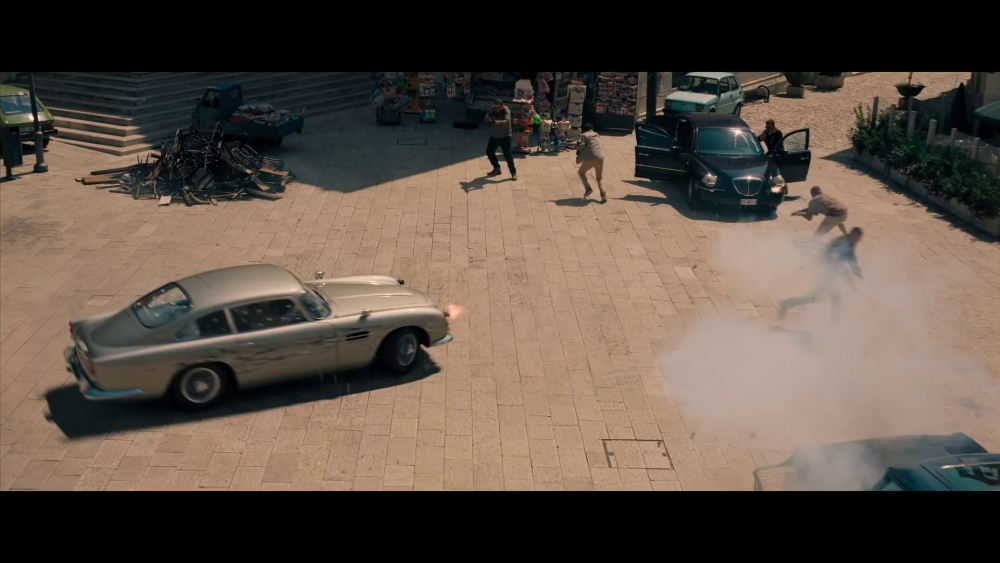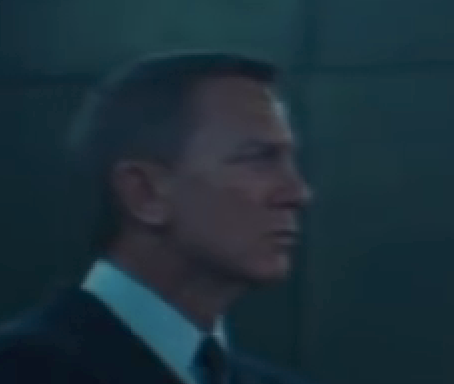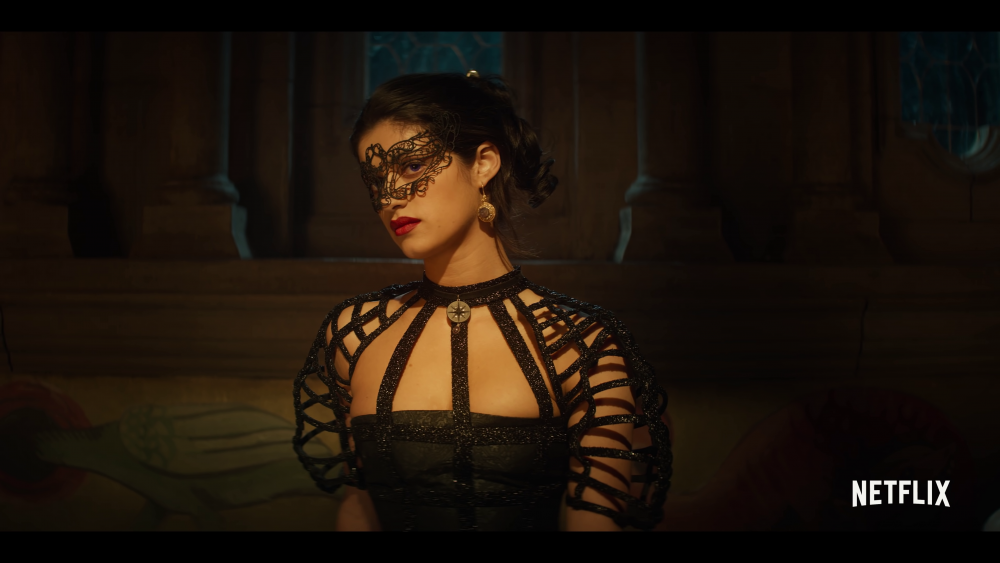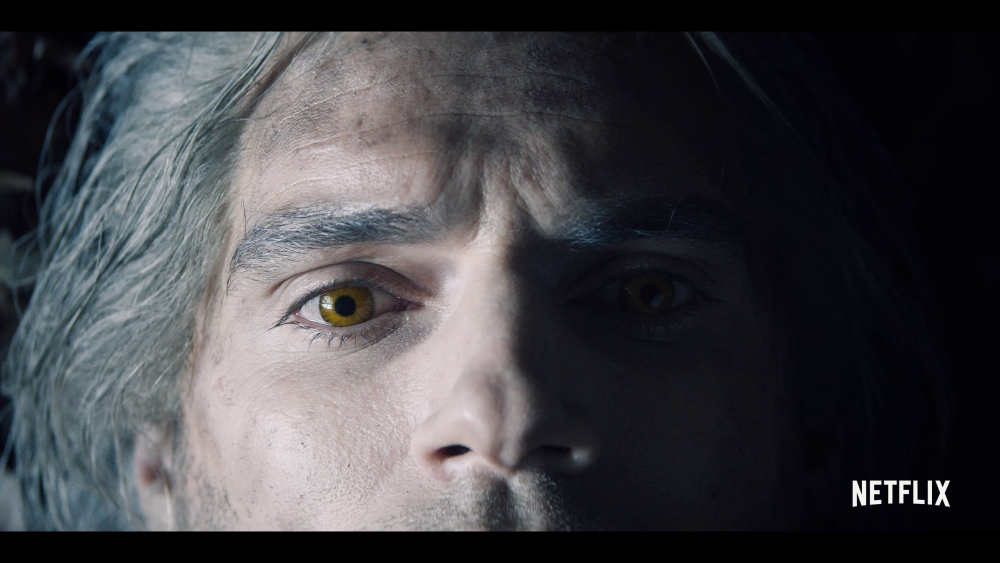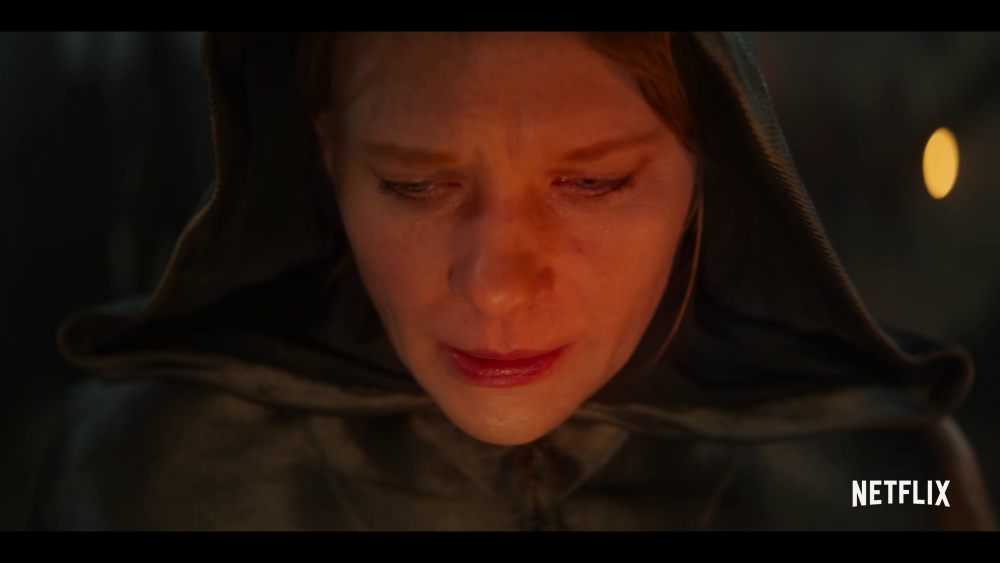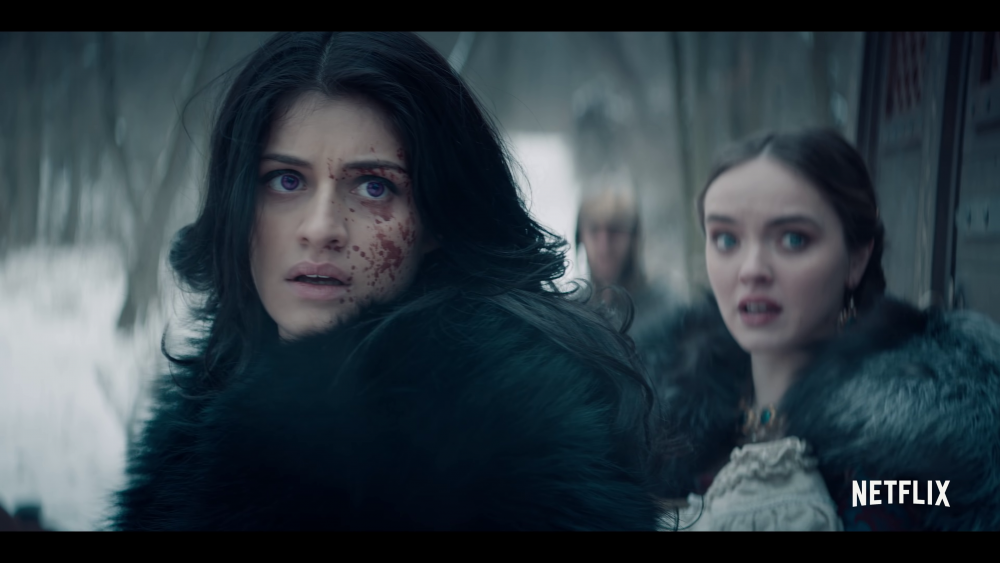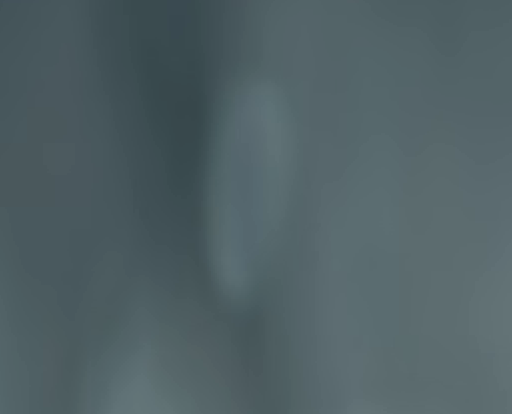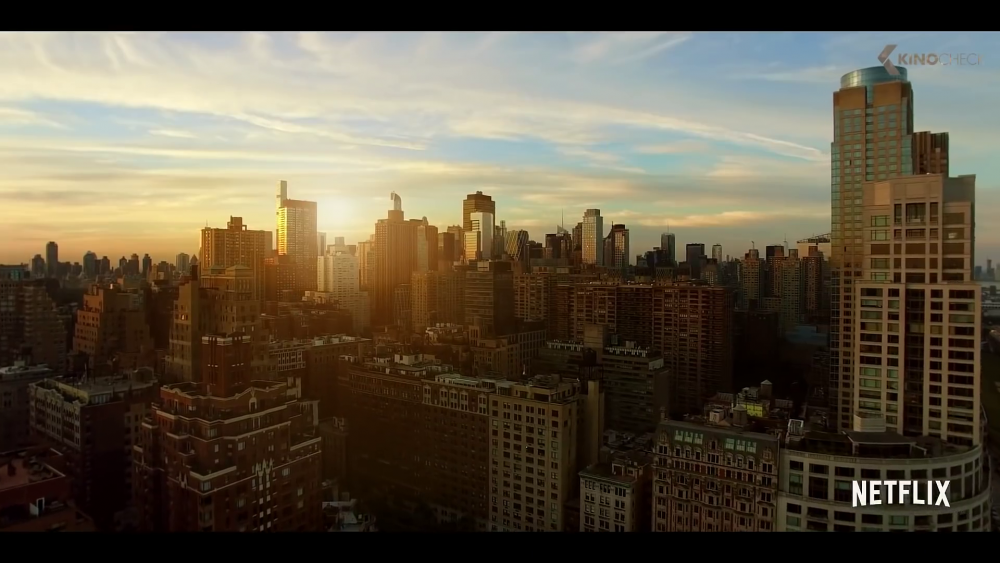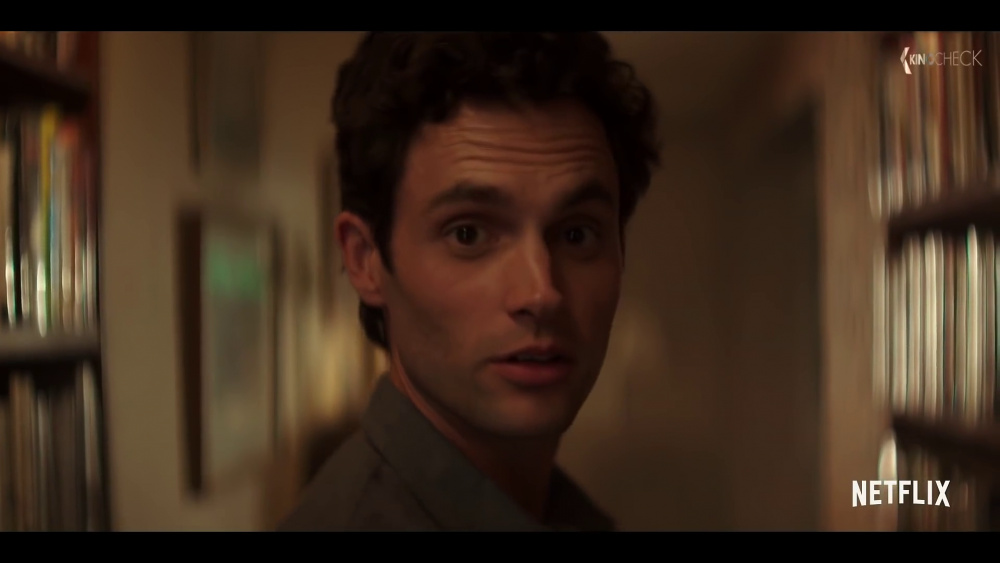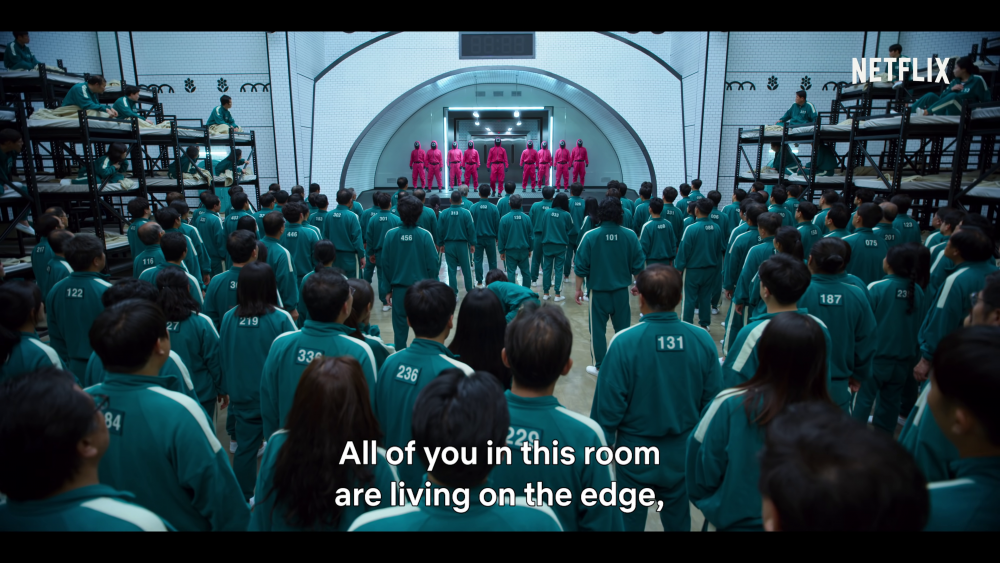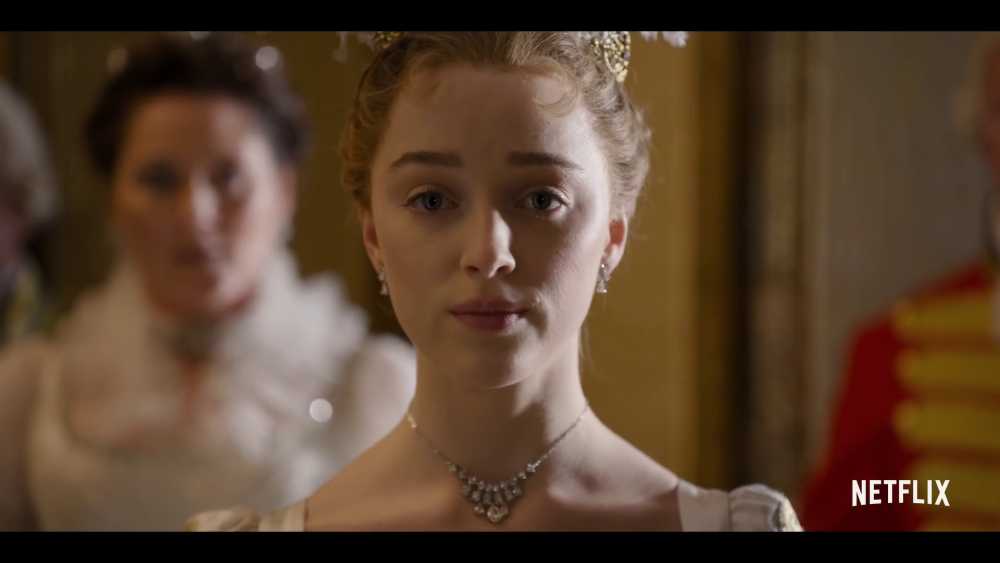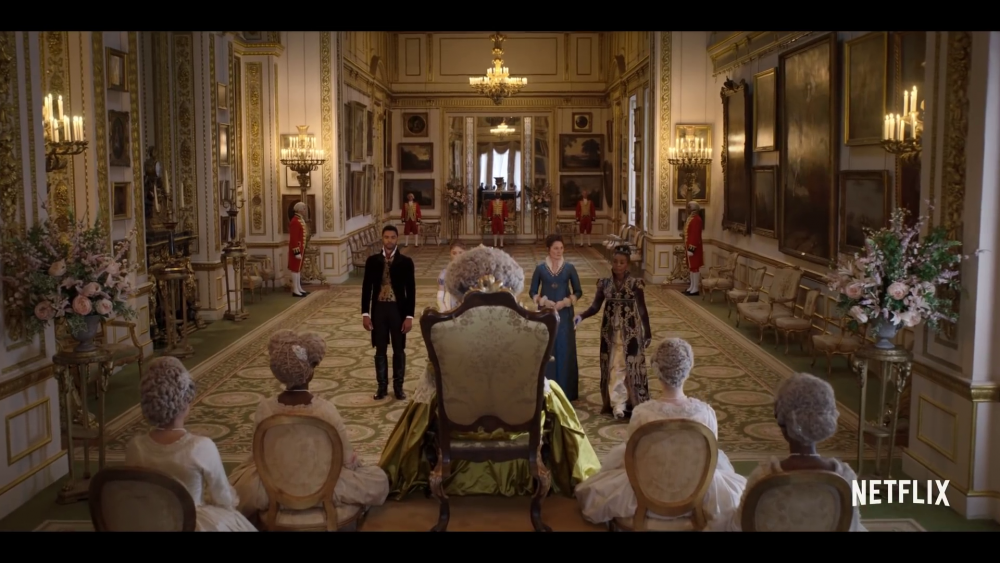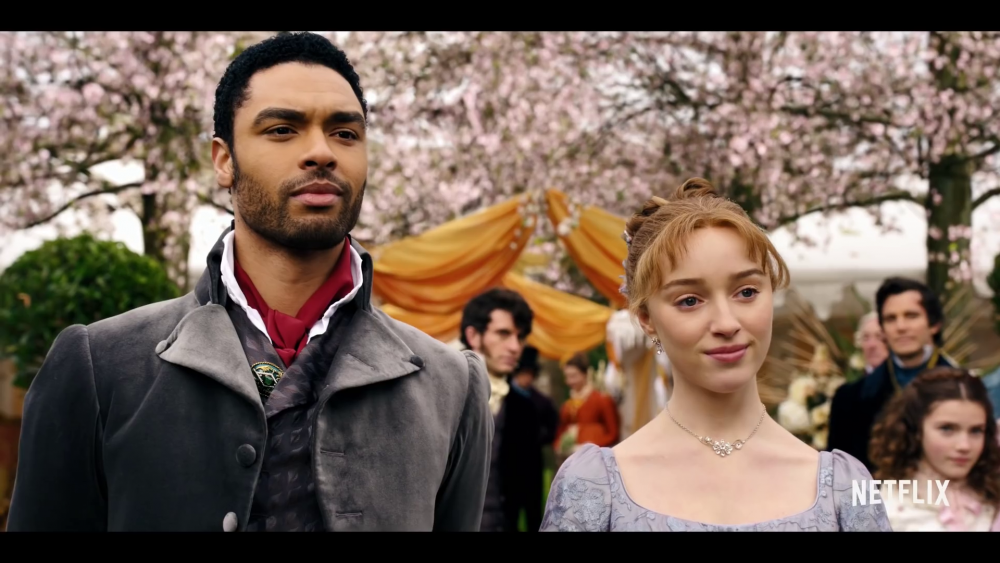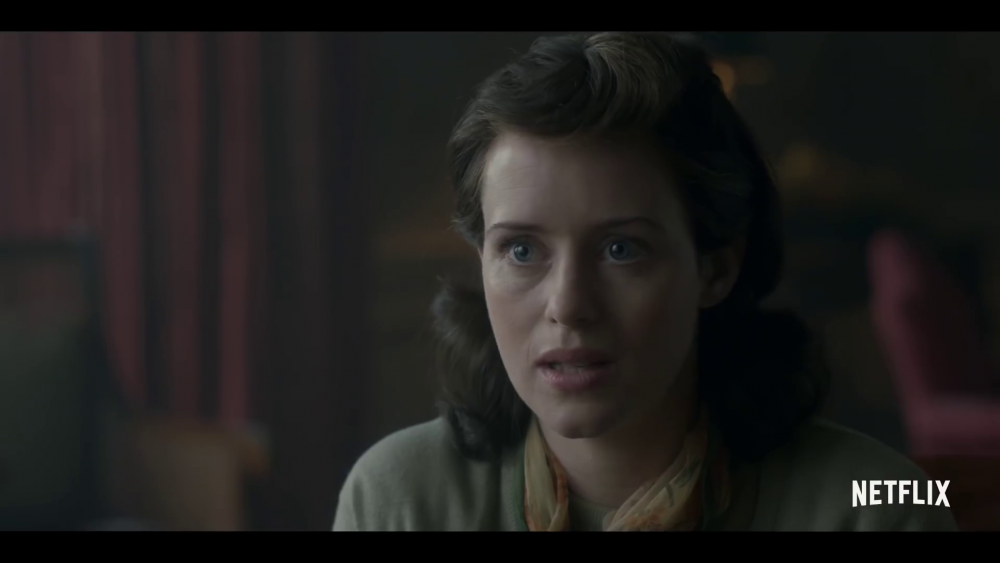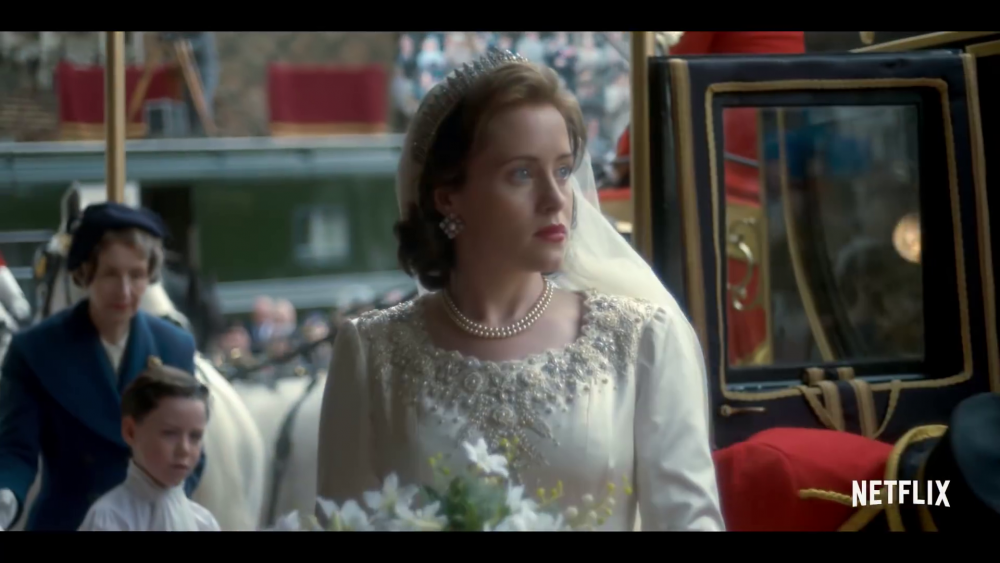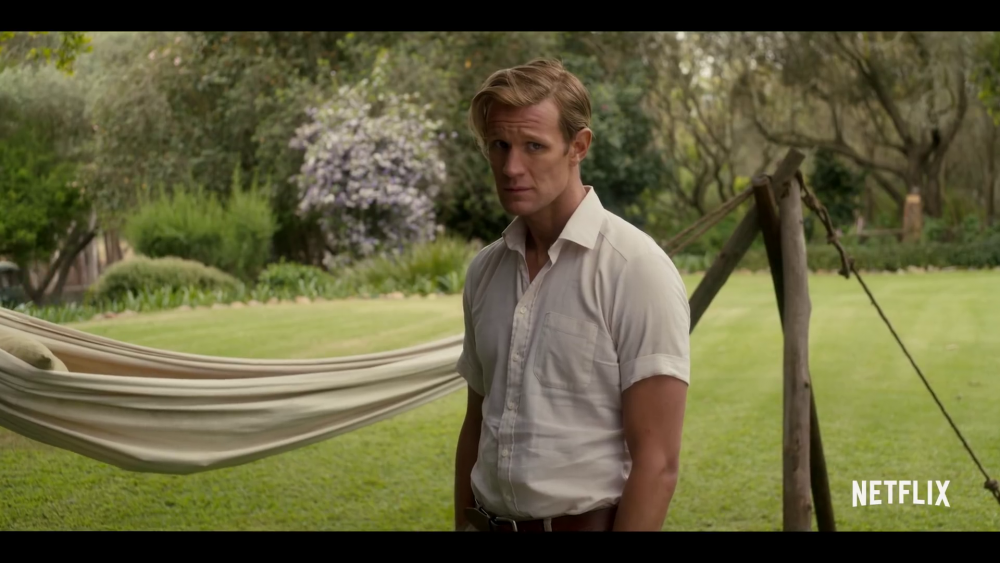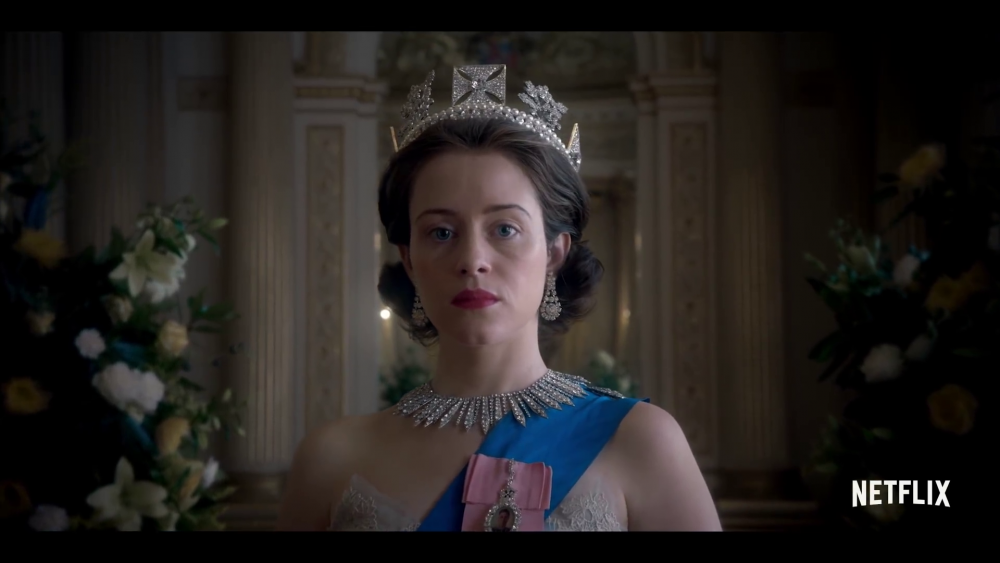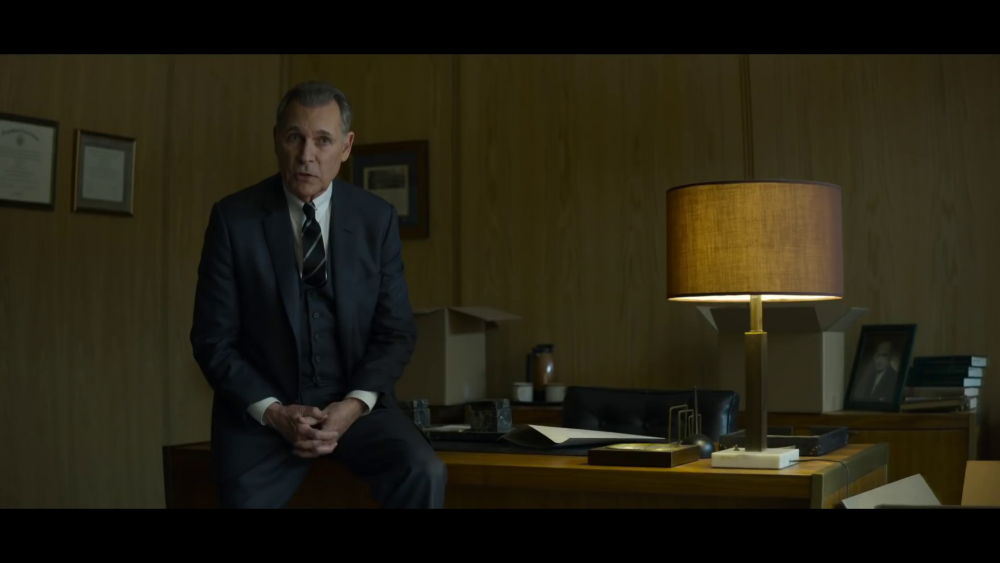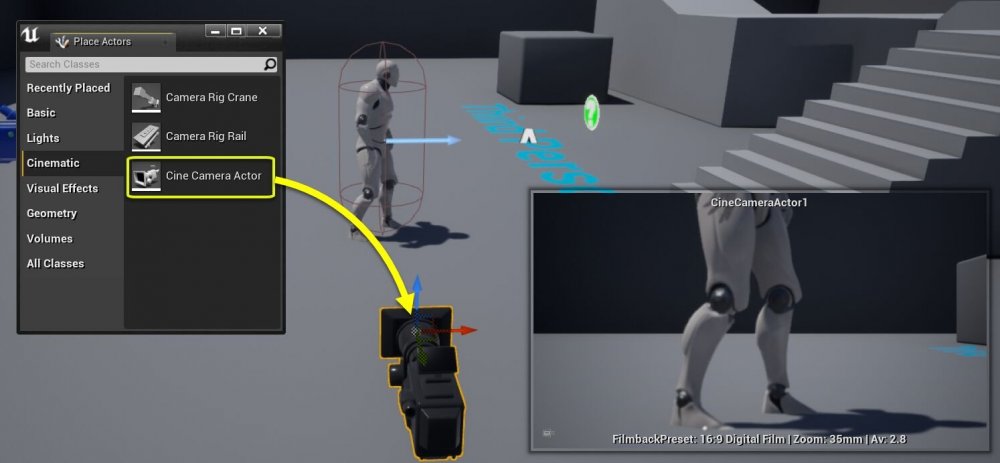Leaderboard
Popular Content
Showing content with the highest reputation on 02/03/2022 in all areas
-
I think Canon color science is lovely, right behind ARRI. However they've never really made serious cinema cameras. ARRI is certainly the best with RED, kinda. Most people doing high end work look down on RED. Honestly the Sony Venice seems to have a much better rapport than any RED camera with high end stuff. I've heard a ton of good things about the Venice while RED is constantly hated on. I was kind of warming up to the R5C. One big benefit of the camera is the fast readout for low rolling shutter effect in 4k. Dynamic range isn't as good as the C70 though and the micro HDMI makes it a no go for me. How can you sell a $4,500 camera with micro HDMI. I still have yet to see a camera that can really do anything against my Arri Alexa, besides resolution. I just don't give a damn about resolution. The Netflix 4k thing is pretty dumb IMO. Almost all big hollywood stuff is shot in 4k anyways and Netflix productions are big money. Renting an Alexa LF or other 4k cine camera is pennies and dimes compared to the cost of the entire production.4 points
-

Pandemic Surprise! My lenses have fungus.
Video Hummus and 2 others reacted to Marcio Kabke Pinheiro for a topic
Always feared it, but proper dry cabinets are extermely expensive here. Gone to found some cheaper solution. First, tried convert an old cabinet as a dry one. Dry cabinets are sealed(ish) cabinets with some kind of Peltier cooler in reverse - it condenses the humidity and send the water to the outside. My home solution was to buy a small home dehumidifier, put inside a sealed(ish) cabinet with a humidor-controlled relay to turn on and off the dehumidifier (as stated in the Zeiss article, if the humidity drops below 30% it is bad for the lenses - greases start to solidify). Kinda worked, but was not reliable. The final solution was much more simple: - Bought a bunch of sealed plastic food containers (kinda like this one - the important parts are the rubber seal and latches on the lid); - Cheap digital higrometers, one for each box; - A huge bag of silica gel (don't know if it is urban legend or not, but bought the orange colored ones - the blue ones have cobalt, and some say that when heated, to remove the humidity when saturated, releases carcinogen fumes); - A set of little organza bags. Put the cameras / lenses in one box, an organza bag filled with silica gel and an hygrometer inside the box, and close it. The hygrometer goes to around 40-45% of humidity, and if you don't open the box very often, stays under 60% for months. When it reaches 60%, change the silica of the organza bag (the silica could be heated and retores to the original state). For me, have worked VERY well - never a single case of fungus, and very little maintenence (and cost).3 points -

The Aesthetic
Mark Romero 2 and 2 others reacted to Andrew - EOSHD for a topic
They have all missed a trick there. Should have shot everything in 12K and just cropped instead of using lenses!3 points -
Canon EOS R5C
kye and 2 others reacted to filmmakereu for a topic
People debating over screen grabs of a Youtube video, I do not see anything wrong about. I have seen Oscar level cinema of every kind here or anywhere else outside Hollywood bubble.3 points -

The Aesthetic
zerocool22 and one other reacted to kye for a topic
We're all talking about aesthetics. We're talking about aesthetics when we talk about the "look", but we're talking about it when we talk about specifications too. A debate rages about what is "enough" resolution, "enough" sharpness, "nicer" bokeh... what is "cinematic"... what is "visible"... what is "practical". This thread is a reality check against the warped concepts that stills photographers and their camera-club specifications-obsessions have given us. Because, for the most part, better objective measurements are mostly worse subjectively. It's our imperfections that creates our humanity, and it's analog imperfection that creates emotional images. Baseline First, let's establish a baseline. Here are some test images from ARRI that are designed to showcase the technology, not a creative aesthetic. Note the super-clean image, lack of almost all lens-distortions (except wide angle distortion on the wide lens, which is actually super-wide at 12mm). If you were there, this might be what it actually looked like. Those were grabs from a 4K YouTube upload, but lots of trailers aren't uploaded in 4K, so here is a still from 1080p Youtube video that ARRI uploaded in 2010. Now, without further ado.... The Aesthetic - The Chilling Adventures of Sabrina These are obviously very distorted, and I chose frames that were especially so. This should instantly disavow you of the idea that somehow Netflix demands "pristine" images - these are filthy as hell, but this is appropriate to the subject matter, which is about witchcraft, the occult, demons, and literally, hell. Whenever I hear someone say "oh I can't believe how terrible that lens is - look at the edge softness" I just laugh. The person may as well be saying "not only don't I have a clue about film-making, but my eyes also don't work either.. please ignore everything else I say from now on". The Aesthetic - Sex Education A show with a deliberately vintage vibe, the look is suitably vintage, with some pretty wicked CA. One thing that's interesting is the last shot, which was either a drone with a vintage lens on it, or it was doctored in post, because it has pretty severe CA - look at the bottom right of the frame above the Netflix logo. Also note how nothing looks sharp - the first image should have had something in-focus, but softness of this level is deliberate because once again, the last shot is a deep-focus shot with a stopped-down aperture and should be super-sharp but isn't. The Aesthetic - No Time To Die Some shots are softer than others, but note the amazing barrel distortion and edge softness on the middle two shots. In case you missed it, here's the star of this $400M movie in a pivotal scene from the movie: Are there lenses that could have made this shot more "accurate"? Sure - just scroll up to the ARRI shots which look pristine (and they're ZOOMS!). This was deliberate and is consistent with the emotion and narrative. The Aesthetic. The Aesthetic - The Witcher Sharp when it wants to be, oversharp too - see the second image, but with anamorphic bokeh for the look. Ironically, a fantasy story of witchcraft and monsters, using cleaner more modern looking glass. The complete opposite approach of Sabrina. Note on the second-last image the vertical anamorphic bokeh, and then look at the last image and note the "swirl" in the bokeh. I doubt this was accidental. The Aesthetic - You Sharp and clean when it wants to be, and other times, really not. Appropriate for the subject matter. The Aesthetic - Squid Game Clean, sharp but not too sharp, neutral colour palette, but note the vertical lines on the edges of the frame aren't straight? Subtle, and perhaps not deliberate, but picture it in your mind if they didn't flare out.. it makes a difference, deliberate or not. The Aesthetic - Bridgerton Clean, spherical, basically distortion free, but sharp? No. Go look at that Witcher closeup again for some contrast. The Aesthetic - The Crown Clean and relatively distortion free, but lots of diffusion, haze, and low-contrast when required. The Crown is a masterpiece of the visuals matching the emotional narrative of the story, which is made extra difficult as the story is set in reality, and the emotional tone is so muted that had lesser people been involved in making it any subtleties may well have simply been bland rather than subtle but deep. The Aesthetic - Mindhunter Perhaps the most interesting example here. After looking at the previous images the above might seem completely unremarkable, except that this look was created in post. and I mean, completely in post: More here: https://filmmakermagazine.com/103768-dp-erik-messerschmidt-on-shooting-netflixs-mindhunter-with-a-custom-red-xenograph/#.YftoaC8RrOQ and here: https://thefincheranalyst.com/tag/red-xenomorph/ (there's a great video outlining the lens emulations in post in this one). That's enough for now. Hopefully now you can appreciate that "perfectly clean" optically is actually only perfect for "perfectly clean" moments in your videos. Sure, if you're out there doing corporate day in and day out then it might seem like "clean" is the right way, or if you're in advertising or travel where neutral reigns, but when it comes to emotion, it's about choosing the best imperfections to suit the desired aesthetic.2 points -

5R Blablah not wunderbar. 5RC stop bugging me.
Emanuel and one other reacted to fuzzynormal for a topic
Thanks for watching us act like idiots. Here's another:2 points -

Canon EOS R5C
Video Hummus and one other reacted to Django for a topic
Lol... and what other hybrid camera's CS better competes with the $36K Alexa Mini or $150,000 Alexa 65? You have to be somewhat realistic in your expectations. I also feel your judgement is clouded by comparing Canon footage shot with a kit lens and a quick grade vs Hollywood movie shot on $30K cine primes and professionally graded by a pro colorist. When you take the same lens and apply a simple primary grade the difference isn't as big as you may think. This actually means a lot coming from an actual ARRI Alexa owner. Sorry, but that's such a backwards way of looking at things.2 points -
Of course not, I can understand you and this has been 'a new normal' with smartphones massification towards the content published on social media today but... ...why should we professionals or knowledgeable enthusiasts be unable to know how to properly shoot to begin with? I come from film school where we had 2-3 takes per shot and no more than a full hand at best rate(/ratio) to further selection. Do you think when digital arrived people, used to such discipline, left and simply abandoned the norm? Technology exists to improve and bring an increase of our potential skills range. To open them wings and fly, not to kill anything we got already earlier. The same way we sell our house for something bigger, we don't start from scratch or move lower, unless we fail. Don't blame technology but the human being behind, either on lacking something or the whole world around lacking all, if any.2 points
-

Canon EOS R5C
projectwoofer and one other reacted to Andrew - EOSHD for a topic
I think there's a reason the MacBook Retina display even at 16 inch doesn't go beyond 3K. 4K on a smartphone, don't get me started on that 🙂 However I don't think many filmmakers actually care how the masses watch movies, they're more interested in the artistic selection of lenses and the right tool to tell a story and capture a mood. And this is where I think too much resolution, detail, sharpness, hardness and higher frame rates really work against the process of capturing the mood and doing justice to the story. Unless you want unflinching levels of clinical realism. So if I was going for classic or cinematic, I'd stay well away from 8K and probably not even use modern lenses either.2 points -

Canon EOS R5C
Video Hummus reacted to Django for a topic
Tough crowd to please that's for sure! I think some of us need to just recognize we’re a diverse group of people here with different requirements/priorities and invested in different camera systems. If creativity is in limitations, fine. But then let's not complain about lack of IBIS. When there's a will there's a way right? Bottom line is that pros get the job done, with the best tools they can afford. It’s often more enthusiast that obsess with comparing specs, charts, pixel peeping footage etc. If anything 10-bit 4:2:2 & RAW allow much greater creativity in post. I never see those codecs as crutches for poor exposure or WB. 8K nobody is forcing it on you. Camera also does 6K/4K/3K. It can certainly have its uses though, from cropping, reframing to extracting stills. Does that make one lazy? I don’t think so, just opens up more alleys in post.1 point -

Portable reference monitor? How big?
majoraxis reacted to webrunner5 for a topic
Yeah, but true reference monitors cost as much as a new car. I have no clue what an 8K HDR one would cost. We don't want to know. I think the new Apple stuff is 10 bit. Not sure about the iPad Pro, but it is pretty dope.1 point -
It's not so much a question of accuracy but 10 bit vs. 8 bit and the desire to bypass the operating system, which is the point of using those Ultrastudio monitors. There is a separate question, of course, of whether this is overkill but much depends on the destination(s) for these videos. If it's just youtube I'm not sure it's worth the effort; for broadcast or cinema where you have to meet standards then obviously it is. There are examples of successful corporate and youtube videographers who just use their laptops or an uncalibrated monitor and are happy enough with the result, but everyone's priorities and standards are different.1 point
-

Canon EOS R5C
webrunner5 reacted to Django for a topic
@kye sorry but that really sounds like armchair reasoning. cinematographers don't talk about specs? yeah right. nothing more technical than cinema. let's not place everyone in boxes with gross over generalisations that all videographers are spec-only oriented money driven shooters of clinical modern looking content. commercial videography / advertising is also about storytelling. the "look" and "aesthetic" can be extremely important. You rarely get into "specs" with the client. wedding, music videos & fashion are also very popular videography domains that emphasise emotion/mood/look aesthetic priorities. now of course a talking head office interview isn't going to absolutely require a Cooke anamorphic on an Alexa65, but depending on budget/project, cinema DP's are often hired. Even for a silly beer commercial:1 point -
I sense BS.. rumour comes from canon watch and states: We got a rumor from an unknown source. We report it as it is out of duty. Please take it with a grain of salt.1 point
-

The Aesthetic
Video Hummus reacted to Django for a topic
Ironically almost none of those examples were shot on ARRI cameras: Sabrina - RED Helium Sex Education - Sony Venice Witcher - RED Monstro / Alexa LF Squid Game - RED Monstro Bridgerton - Sony Venice The Crown - Sony Venice Mindhunter - RED Helium All high above 4K resolution cameras. So perhaps we can conclude 6K/8K high resolution capture does not necessarily equate to over sharp/clean footage. And that great IQ results can be achieved outside of the ARRI CS realm. Maybe the key to that million-dollar budget Netflix show aesthetics evoked here isn't about ARRI color science at all but rather the incredible top budget cine glass from Cooke, Zeiss, Panavision, Arri, Leica, Angenieux etc. Without even getting into staging/lighting and post/grading skills. Just some food for thought..1 point -
You would, of course, also have to travel with a calibration device (they're pretty small, so not a major inconvenience) because you'll have to recalibrate it in every environment in which you work. Even if you always work in a perfectly dark room, if you're anywhere near a wall the monitor itself might cause enough reflections to alter the environment compared with your previous location. I think 12-14 inches would be the smallest I'd want. Some photographers use 12-inch iPads or Microsoft Surface tablets for photo editing and grading in the field, so I guess 12 inches is feasible but I'd personally prefer something bigger.1 point
-
Did you consider one of the "travel screens" like the OLED that Andrew posted about recently? They're 14-ish inch and reasonably thin and light. There are also cheaper IPS options. I think the main issue for a travel grading screen is that they need to be reasonably color accurate (calibratable) and have uniform brightness. I don't know how well one can find information regarding that without just buying one and trying/measuring yourself.1 point
-
Use wrong lens and composition and crop in post.. because you have 35 mega pixels! Set wrong exposure and white balance and lift colors and shadows in post.. because you have RAW file! Sorry, I don't call this trend "progress".1 point
-

The Aesthetic
filmmakereu reacted to Emanuel for a topic
Imperfection doesn't necessarily mean less... EAG :- )1 point -

Canon EOS R5C
filmmakereu reacted to Emanuel for a topic
LOL You answered to your own previous first lines. Of course, that completely unscientific joke of mine is anything more than that... Now let's try to go there with less acquisition under the same circumstances/variables then ; ) Roughly gives an idea. Andrew is right anyway, as far as the cinematic properties goes. 100% accurate. There are natural human limits to be reached too. Sweet spots as well. For sure : ) From then on, 'better' is wider and its peaks speak higher, a full step critically ahead and a way much relevant than 'more'. No doubts. Take a look on 14-bit or 12-bit RAW, even lower res, just to have the whole picture how this makes a valid point. But, I and you, alias Django user here, just understand one doesn't exclude the other. That said, to follow all that, as @cameraeye @DWX have also pointed out the post route, we have yet many other applications for. With a plain hand of implications over the production process itself. Daily consequences business-wise on the fact our craft is affected or can proceed. When I mention large format printing is not for nothing. I've already faced a few situations where my wishful thinking fits a hybrid tool offering us 50 fps acquisition at least, and the highest resolution at the same time going along the same shot -- for many different use cases later. This capture device comes closer.1 point -
I think we've just gotten spoiled with the latest batch of cameras. I was planning on picking up the next Black Magic Pocket when it included 8K but going to add the R5C to go with my R5. Had both the BMPC4K/6K and enjoyed them but the autofocus of the Canons won me over. Love the flexibility 8K gives me in post for stabilization, cropping & zooming. Basically can leave the long lenses at home. As far as the R5C missing IBIS, it is unfortunate, but what Cinema camera has it? Plus I'm thinking the lens IS & EIS would still perform better than the IBIS from the latest Sony cameras. Canon probably should have called it the C5 to hammer home that it's a cinema first camera.1 point
-

Canon EOS R5C
webrunner5 reacted to Andrew - EOSHD for a topic
I agree there is a huge gap in the market for a characterful vintage film image, which was everything that the Digital Bolex, original BMCC 2.5K and Magic Lantern RAW were. The megapixel and dynamic range race makes me a bit cold. I don't see what it is doing creatively for watching a film. The crazy resolution is just distracting and emotionally clinical. The dynamic range is at the expense of good colour science and leads to lazy lighting, lack of contrast and piss poor tonality. Something needs to be done to recognise the appeal of a more low-fi cinematic image. If film is going to die out it needs a direct replacement in artistic terms. And that is not 8K RAW on an EOS R5C!1 point -

Laughable Chris and Jordan video on medium format
kye reacted to Andrew - EOSHD for a topic
Kai is entertainment to a select niche who like goofing around YouTube tech videos. He isn't an in-depth reviewer.1 point -
Canon EOS R5C
gt3rs reacted to Video Hummus for a topic
Exactly, jesus the amount of pedantic rehashing of bullshit that goes on in this forum. We all know Andrew will have nothing nice to say about any Canon camera or any camera from any company that has slighted him in the past. Thats fine. Opinions and morals and all. No one on this forum is shooting Oscar level cinema of any kind and if they are they aren't arguing over who needs 8K from a $4.5K entry level cinema camera from Canon debating over screen grabs of a YT video. Hardly anybody is using parfocal cinema zooms to shoot weddings and get the "pure" zoom or punch in. If you are, please stand up so we can applaud you for your dedication to purity.1 point -

Unedited Footage
filmmakereu reacted to fuzzynormal for a topic
It's Canon XH-A1. HDV footage. A 1.6MP CCD sensor signal onto actual physical video tape @25 Mbps. 15 year old camera.1 point -
For me, for visual FX green screen where the higher the resolution the better and also composites where the raw footage can be framed wider, tracked out and blown up as needed.1 point
-

Fun Simple Story With Fun Simple Cameras
Emanuel reacted to fuzzynormal for a topic
Thanks for the pleasant feedback. We just started submitting yesterday. We are in one local fest that happens in March. So we'll see how all that goes. Fundraising is still open, hopefully, to alleviate the damage to our credit cards: https://www.gofundme.com/f/help-wrap-the-gift-for-all-ages-film If you have any other questions you'd like answered, drop me a DM. And again, thanks for the compliments.1 point -
Yes, if you are using electronic EF lenses then there are no additional requirements. If you are using manual focus lenses then of course you need to add Nucleus-N or M motors. As above, the current production have all sold out and there will be another run when the component cost/supply chain issues have settled down so there is no ETA at the moment. If you have contacted or do contact cdatek regarding future availability then you will automatically receive an email when they are available.1 point
-
I don't think it was ever a test, other than for walking around vlogging! The only really valid tests are the one's that are at least close to your own intended use. It's pure entertainment. If you like his particular form of entertainment... His 'process' (because there is a semi-serious side to it), is in finding the perfect vlogging camera for his needs...which is in order to create content for his channels, so by it's nature, will be never ending. It's become a self-perpetuating thing now. But as a serious educator? He's about as far from being one as most YouTubers are, but having 10's of thousands of followers does make you some kind of guru these days, even if that info is often conflicted. Or just wrong! It's amusing in small doses, sometimes, but as you say, gets a bit tedious after a while. As with most things, you can always take away a positive and in these types of cases, it's often NOT how to do something. And that in itself is a positive takeaway! Who is imparting the information is as important as the information itself.1 point
-
Pandemic Surprise! My lenses have fungus.
shooter reacted to Video Hummus for a topic
Sorry to hear this. Seems like one of these: https://www.bhphotovideo.com/c/product/1348544-REG/ruggard_edc_50l_electronic_dry_cabinet_50l.html/overview Would be a good investment for collector lenses or equipment. I'm sure you could make something yourself for like $10.1 point -
Step 3 - Start your engines.. So, a few days on and where are we up to ? I'm happy to say that we have moved forward but, obviously, its a very long journey so the extent of that movement is all relative. I'm happy to see though that @majoraxis has put together a good primer regarding the projectors for when (or if 😉 ) I get that far. First step forward was installing Unreal Engine and the first decision there was whether to use the current version 4 (4.27 to be precise) or the early access version of the upcoming version 5. Both versions are free so the choice for me really was to stick with the current v4.27 release version as its more of a known entity so the learning resources are more plentiful, which is important whilst I'm just paddling in the shallows. There is also less of a resource requirement in terms of the machine to run it on which, as I'm using a MacBook pro that is really long in the tooth, is a big factor. Going into this, I am well aware of the limitations of the 1.5gb built in Intel graphics of my MacBook so there is no point trying to explore what v5 brings to the table as judging by the hovercraft noises coming from it when I'm running v4.27 then I'm guessing running v5 would require a fire extinguisher to be at hand. You can have both versions installed on your machine though so if you have a suitable machine then go for it. Just to briefly touch on why v5 is a big deal, the primary aspects are two elements called Nanite and Lumen which offer huge advances in terms of detail and lighting control as discussed here : Obviously, v5 will be the ultimate destination but thats some way off yet, particularly considering that a wallet damaging computer upgrade will be required. As what I'm interested in doing first is applicable to both versions then it can wait anyway and I'll be working in v4.27. OK, so just circling back to the fundamentals of what the hell Unreal Engine is and using very broad brush strokes to discuss it... (apologies for the baby steps) It started as the engine used to produce a game called Unreal back in the late 90s (the clue was always in the name 😉 ) and was then licensed to other game developers over the subsequent years using various licensing models to its current status where it is free of charge in terms of royalties for products grossing less than $1m. Which means its definitely completely free for us ! You can read more about its history here https://en.wikipedia.org/wiki/Unreal_Engine Such is its longevity, ubiquity and support of all gaming platforms, its fairly likely that if you have played any games more graphically challenging than Pong in the past few decades that you have already experienced something created with Unreal Engine. If, like me, you have been playing more recent titles such as those that have had you running around Midgar lashing Materia at anything with a Shinra logo on it then you will have noticed how much more cinematic everything is. There have always been the pre-rendered cut scenes that have always looked cinematic of course but now the real time in game content is also taking on an increasingly cinematic look thanks to the simultaneous advancement in machines we are playing them on with the tools in Unreal Engine to simulate the aesthetic. Bringing this down to two very basic elements, Unreal Engine offers you the ability to build and light the set and then provides you with the camera with which to capture it. In real time. And of course, as this emulates the exact paradigm of real world production, the advancements in those two elements is what has sparked the interest in using it for virtual production. From my point of view, the creation of the set is secondary at this point as I don't have the skills or the time at the moment to be creating the assets but, fortunately, I don't have to as there is plenty of starter content that is freely available from the Marketplace for Unreal Engine that we can use to get going. For me, this is all about the virtual camera as this is what we will see the scene through and what we will be looking to match to a real camera so all the initial work I've been doing is using very simple sets and seeing what I can do in terms of operating the virtual camera. The virtual camera has all the same elements of a real camera in that you can not only move its position, change the lens focal length and aperture etc but also control its processing elements such as white balance, ISO and shutter speed. In the parlance of Unreal Engine, this virtual camera is referred to as a Cine Camera Actor and here is an example of how you see it within the editor. So as you can see in this example, we have the Cine Camera Actor pointing at the figure inside the set that has been created and in the bottom right you can see its generated viewport of the scene based on its current settings. The Cine Camera Actor has all the same elements of a real camera in that you can not only move its position, change the lens focal length and aperture etc but also control its processing elements such as white balance, ISO and shutter speed and all these changes that you make will be reflected in the generated viewport in real time. So, if we change the focal length to be wider then we will get the matching field of view, if we move the position of the camera we will see a different part of the scene, if we open the aperture we will get a shallower depth of field and so on, exactly as it would with a real camera. How we make those changes in real time as we would with that real camera will be covered in the next enthralling episode 😉1 point
-
Sirui anamorphic
filmmakereu reacted to OzNimbus for a topic
Shooting on the 50mm 1.6 on an S1H open Gate 6k as per Tito's suggestion... this lens is GREAT. Even for "talking head" stuff. https://youtu.be/cx-up6YXMrM1 point -
anamorphic debate
filmmakereu reacted to dr5chrome for a topic
Hello - I have been studying anamorphic the past 8months after stumbling into one of Titos youtubes. As he explained, that he made many financial errors in the beginning. While i was skeptical, it turned out he was 100% correct. I did waste lots of money with total experiment stuff I now would not use for anything. But I guess one has to find his or hers own path. What works for one may not work for another. I was the same So the 1st debate - How much did you waste in the beginning? #2 - which setup did you find the most appealing? #3 - For me the KEY ELEMENT is sharpness. I cant afford a 20K scope, so dual focus it must be. Flares are secondary. Ive found That the scopes touted as the sharpest just were not - the ULTRA-STAR red and gold. Many of the older and less champined scopes I found to be sharper. I have not yet found a KOWA/B&H or the KOWA 8z to test.. With that, what scope surprised you that was unexpected? Best regards - Dave w1 point -
Canon EOS R5C
Django reacted to Video Hummus for a topic
So why don't you have one and are shooting on one? Sounds like your perfect camera! You sure about that? It's all about the aesthetic and emotion. What if the client watches the corporate talking head video on their 30 seat private theater instead of on their laptop on YouTube? That dude wasn't describing a videographer. He was describing someone that doesn't know how to use a camera.0 points

